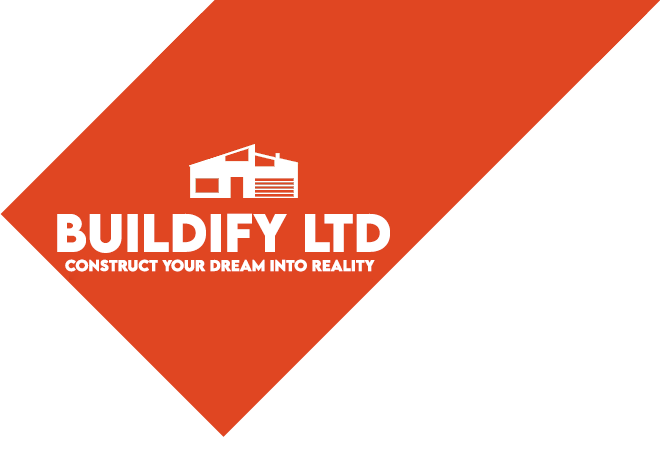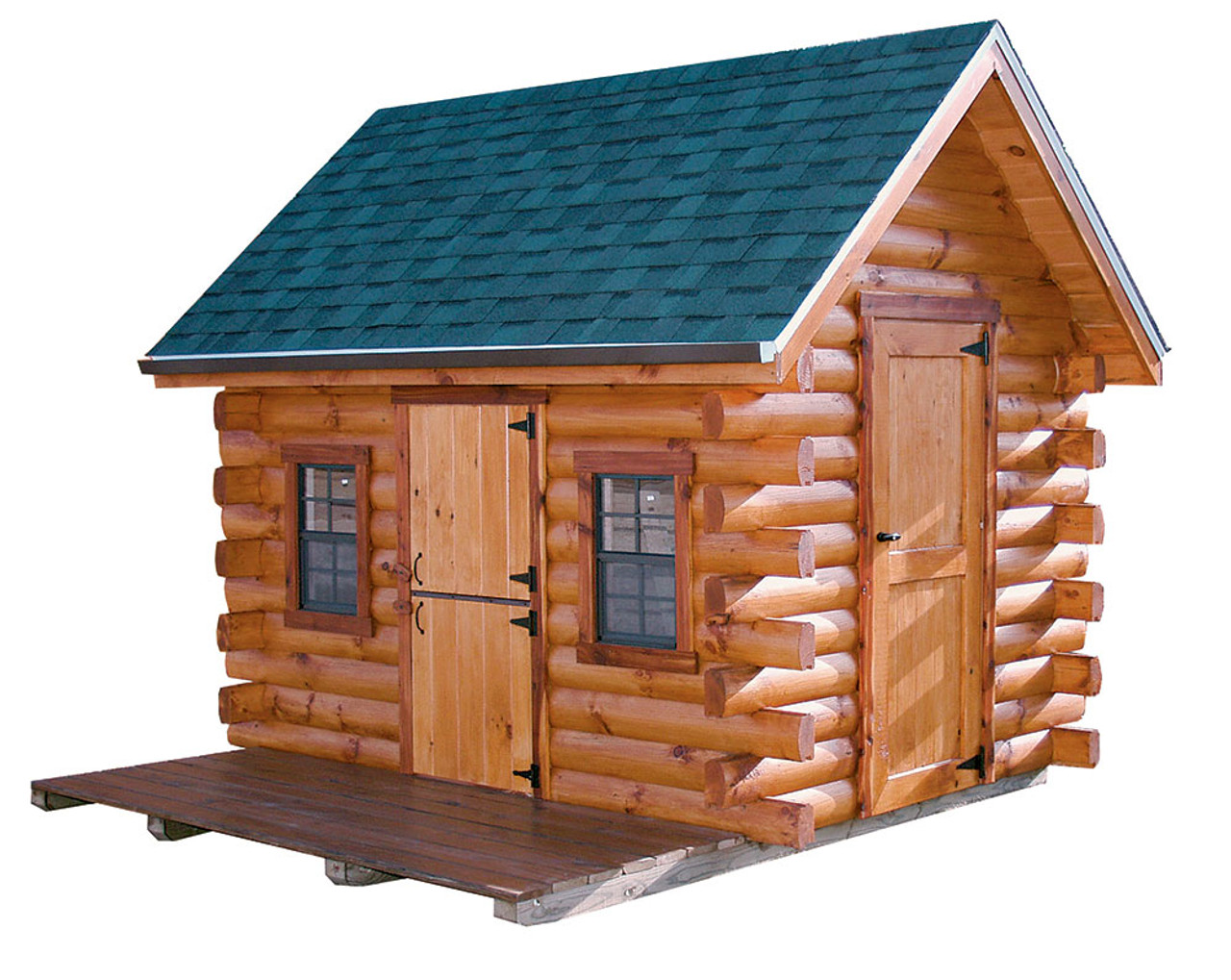How to Construct a Log Cabin
If you want to build a cabin on your own, this article has you covered with a detailed how-to and a list of everything you’ll need for the project.
Why Is a Log Cabin the Right Choice for Me?
One of the best things about a log cabin is the extra living space it offers. Having a log cabin means you can relax about those hefty heating expenses, thanks to the excellent thermal insulation that timber provides.
Not only that, they offer a tranquil retreat from the noise and chaos of your home and last for a very long time.
Building a Log Cabin: A Do-It-Yourself Guide
Detailed instructions for constructing a log cabin are provided below:
Step 1: Making square with bearers
First, make a square with the bearers on the floor if your model doesn’t have a floor. Verify that they are level and spaced evenly along the diagonal. Separate your carriers by 50 cm and arrange them in rows.

The necessary components to make a square covering your bearers should be included in your building kit. Keep in mind that the manufacturer’s instructions are specific to your log cabin construction kit and should be consulted at every stage.
Step 2: Fixing the Bearers
Second, use anchor screws to secure the bearers to the ground and to each other. An electric screwdriver will do the trick here.

Step 3: Wall assembly
Next, place your bearers on top of your walls and assemble them. The grooves in the wall pieces allow the wood to connect with each other. Fasten the framework for the first storey of walls to the supports. After that, keep on constructing each of the four walls. Before going on to the next piece of wood, make sure all of the pieces are tightly interlocked with a rubber hammer.

Step 4: Roof Triangles
Triangles for the roof framing should be placed. Remember to mount each roof frame triangle as a whole unit. To build the roof parts correctly, follow the manufacturer’s instructions.

Step 5: Connecting Rafters
The next step is to join the rafters. There is a mounting point in the centre of each triangle, and each rafter is attached to that. Make sure they’re completely linked by using your rubber mallet.

Step 6: Roof rafters
The next step is to use nails to secure the roof boards to the rafters. For the mounting plates, hammer in two nails each. Make sure the boards are parallel to each other at all times.

Step 7: Plank Border
After you’ve finished with the previous step, screw the roof plank to the border of the roof plank and attach it to the boards.

Step 8: Wind Boards
After that, stack the wind boards by screwing them into place. The manufacturer’s instructions may vary somewhat from these steps, so be sure to follow them carefully.

Step 9: Attaching Wind Boards
The triangles of the roof frame should be fastened to the wind boards.

Step 10: Support Trims
Screw the doorframe support trims into place after making sure they are properly positioned.

Step 11: Installing the Door
Finish building the door frame on one side and then install it on your cabin. Use screws to fasten the remaining door support trims to the door frame. Remember that the door frame, and not the wallboards, is where the door support trims should be screwed.

Step 12: Window Frame
Just like you would with a door, screw the support trim into position on the window frame.

Step 13: Installing Window
After that is done, put the window frame in position, then screw in the remaining window support trims to the frame.

Step 14: Floorboards
This is the first step in installing a floor in a log cabin. Using nails or screws, secure the floors at an angle to the bearers.

Step 15: Attaching Floor Trims
After that, fasten the floor trimmings to the floorboards using screws to ensure they stay put.

Step 16: Felt Roof
Before you install the felt roof, make sure the entire structure is built and treated. Assemble the felt pieces and secure them to the ceiling using nails. Your log home will be ready for occupancy once the roof is installed.

Constructing a Log Cabin: Essential Tools
· Electric screwdriver
· Metal hammer
· Rubber hammer
· Spirit level
Protective Gear for Constructing a Log Cabin
Wearing builder’s gloves can help you avoid splinters when you put the wood together. For the more difficult tasks, like putting the roof together, it’s a good idea to have a helper nearby.
Everything You Need to Construct a Log Cabin:
Fasteners for anchors, nails, wood, screws, and more!
A Beginner’s Guide to Constructing a Log Cabin
Everything you need to know to get ready to build a log cabin is outlined below:
- Inspect the site using a spirit level to make sure it is level before breaking ground.
- After you receive your log house building kit, make sure to inspect everything thoroughly to make sure that everything you need is included. Before you begin to assemble, check your manual to make sure you have all of the necessary pieces.
- Make sure all of the parts are in their proper places before you begin building.
Varieties of Log Cabin
Here are a few different kinds of log cabins, along with some details about each:
Full Scribe Log Cabin
Logs are traditionally placed horizontally to form the walls of a full-scribe log cabin.
A groove will be hand-cut into the underside of each log to ensure a snug fit with the log below.
In terms of energy efficiency and heat retention, this log cabin style is second to none. This style of log cabin is physically strong enough to endure any kind of weather.
Because it is classic, simple to build, and provides excellent thermal insulation, this is the greatest log cabin type.
Log Cabin with Posts and Beams
The exterior and inside of a post and beam log cabin are both adorned with the natural wood finish that results from using whole logs as beams to support the structure.
When compared to a full scribe cabin, this one uses a fraction of the logs. Compared to other types of cabins, this one is more budget-friendly.
A post and beam log cabin is made up of multiple vertical logs that support massive horizontal logs.
The next step is to stuff the logs with cinderblocks, straw bales, or traditional framed walls.
FAQs
Is it possible to construct a log cabin out of trees?
Sure, you can use trees from your property to construct a log cabin. If you want to avoid splitting and cracking trees, cutting them in the winter is your best bet.
When cutting down trees, it’s important to be cautious and wear protective gear.
Make sure you have a place to keep the tree logs while you wait for them to dry; doing so will be essential before you begin constructing your cabin.
What is the expected lifespan of a log cabin?
A sturdy wood home has the potential to last for generations (one hundred years). In essence, this means that your log cabin could end up in the hands of your grandchildren.
Are log cabins subject to any special building permits or building regulations?
Because log cabins are considered outbuildings, yours will be subject to the same planning permission and construction rules as any other outbuilding. Get in touch with the city hall in your area for further guidance and information.
When would I need a log cabin?
The possibilities for using a log cabin are practically limitless, thus, the answers to this question are also boundless. Here are a few suggestions to get you started: Gym, Lounge, Office, Playroom, or Workshop.
For log cabins, what kind of wood works best?
Log cabins can be constructed using any type of timber. The following are some examples of woods that work well for log cabin construction:
· Douglass Fir
· Englemann Spruce
· Lodgepole
· Oak









